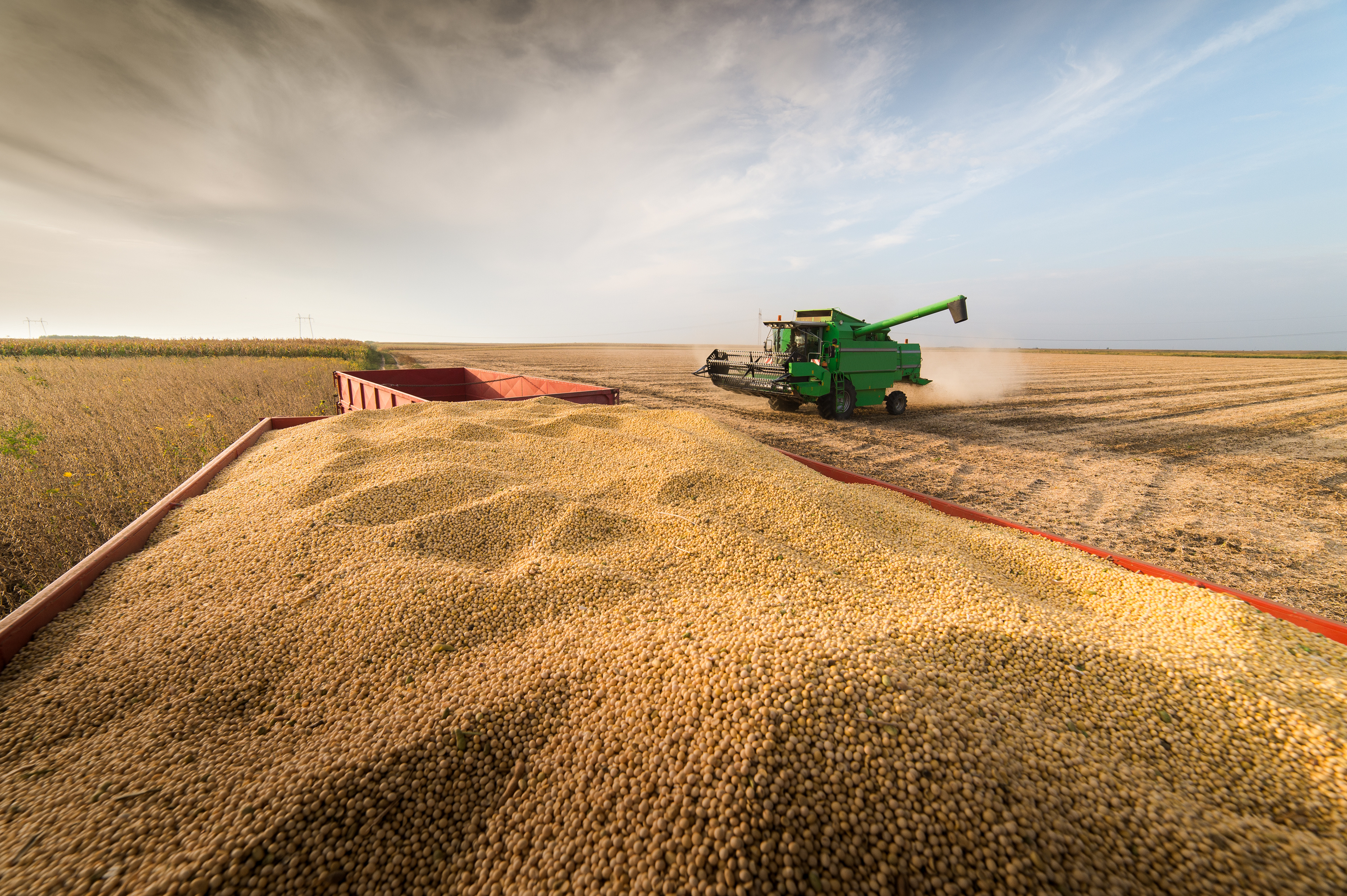



Brazil’s soy farmers are hoarding their crops in hopes that prices will rise
Brazilian soybean farmers are keeping their crops instead of selling them because they expect prices to rise further as global supplies tighten, according to brokers, buyers and sellers in the world’s largest producer and exporter of the oilseed.

Reuters reports that another reason for crop hoarding is the fear the La Nina weather phenomenon could limit the next crop in South America, farmers and brokers said. They also cited escalating domestic political tensions that could weaken the country’s currency, the real, over the next few months.
Farmers hope to force exporters and the local processing industry to pay more. This, in turn, could feed international worries about food inflation by further boosting global soy and corn prices that hit eight-year highs earlier this year.
In southern states like Rio Grande do Sul and Paraná, farmers still have a combined 12.4 million tonnes of soybeans from the 2021 crop to sell, according to early August estimates from agribusiness consultancy Safras&Mercado. That represented about half of Brazil’s nearly 25 million tonnes left from the 2021 cycle.
Luis Fucks, a farmer in Rio Grande do Sul, said growers are in no hurry to sell, and hope prices can reach $14 per bushel. Decio Teixeira, in the same state, said some growers are expecting quotes to return to 170 reais ($32.85) per 60-kilo bag before closing deals again, adding he kept “a large portion of his crop” to negotiate later.
La Nina typically brings dry weather to South America.
“Nowadays it seems having grains in the hand is safer than having a currency,” Teixeira said.
Iuri Gomes, from Paraná-based brokerage firm Origem, said soy inventories in Southern Brazil are larger than forecast. He said local soy crushers are willing to pay more than the export markets for soy, with higher domestic premiums seen as the only way to entice farmers to accept bids.
That could limit the amount of soy Brazil has to export to China, its top buyer by far. Earlier this month, the Brazilian government cut its soy export forecast to 83.4 million tonnes in 2021.
After years of a global grain glut, Brazilian farmers were able to capitalize on prices that started to rise in the second half of 2020 on concerns over the US and South American crops and strong demand from China.


“Soy farmers are happy and with all of their bills paid,” Gomes said. “Right now they are watching the market scramble to grab some of their grain.”
In Rio Grande do Sul, one of Brazil’s top soybean states, farmers had sold 62% of their 2021 soy crop through 6 August, 11 percentage points below the historical average, Safras data showed. In neighboring Paraná, farmers traded in 78% of their 2021 soybeans, two points below a five-year average.
Both states are expected to harvest a combined 42.2 million tonnes of soy in 2022, but only around 12% of their combined future crop has been committed for sale, according to Safras, below the historical average.
By August of last year, Rio Grande do Sul had pre-sold an estimated 27% of its future soy crop and Paraná 45%.
($1 = 5.1748 reais)









